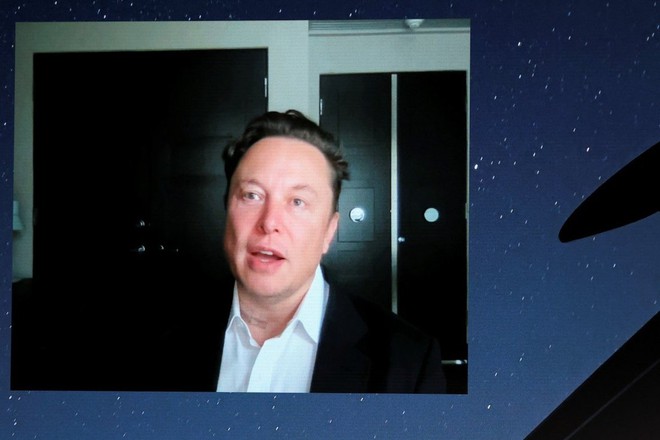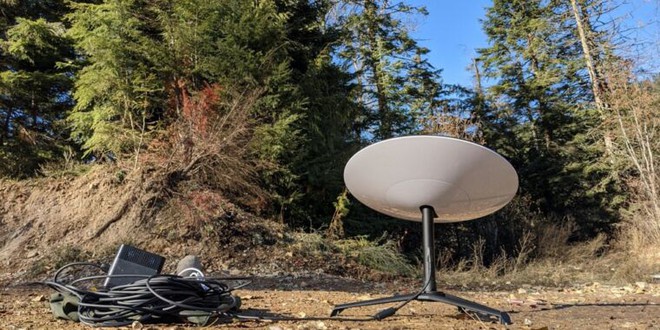Elon Musk announced that Starlink will have global coverage this summer
- Tram Ho
Elon Musk’s satellite broadband internet service, Starlink, will be available worldwide except for the North Pole and Antarctica starting in August, the billionaire businessman said yesterday in a press conference. story at the virtual event of Mobile World Congress 2021.
“Starlink is now active in about 12 countries, and more are being added monthly,” Musk said.

Elon Musk broadcasts on Mobile World Congress 2021’s online conference.
The high-speed broadband internet service has more than 1,800 low-orbit satellites that have been launched into space by Musk’s SpaceX venture. He also said the service already has more than 69,000 active customers and is growing rapidly.
“We’re on track to hit a few hundred thousand users, maybe over 500,000 users within 12 months,” Musk said. Starlink had about 10,000 users in February, but this June, the number is close to 70,000, according to Musk.
Elon Musk estimates that it could cost SpaceX between 5 and 10 billion dollars to deploy high-speed Internet service. Of course, compared to other broadband services, this service is not cheap. It costs $99 a month and subscribers must purchase a satellite dish installation device for $499.
But Musk said the service isn’t for everyone. He said it’s for the 3% to 5% of people in the world who don’t have access to the Internet.
“It’s really about bringing the internet to the most inaccessible places in the world,” he said. “It’s really a great addition to fiber and 5G.”

Starlink’s next goal is to reduce hardware costs.
Low-altitude satellites have an advantage over other satellite internet systems because of their shorter latency (the time it takes for a signal to travel between satellite and Earth). Latency and download speeds are critical to internet service delivery, and Musk said the latency and speed of the Starlink setup make it a good alternative to 5G and fiber when they aren’t available.
“The latency of the Starlink system is similar to that of terrestrial fiber and 5G, so we expect to reduce latency to less than 20 milliseconds,” Musk said .
Due to this advancement in technology, SpaceX has begun working with wireless service providers worldwide to provide “backhaul” or cellular connectivity providers that need to aggregate traffic. from their base stations to the internet. Backhaul is a term that refers to the connection between the central network (the backbone network, the core network) and the remote networks (the subnet).
“We have two pretty important partnerships with major national carriers that I’d like to be able to announce right now, but obviously we have to delay making any announcements,” he said. Musk said. “And we are in discussions with several other service providers to provide Starlink access.”
Elon Musk also noted that SpaceX is still losing money on the hardware it is selling for users to access the service. These pieces of hardware cost close to $1,300 each, but SpaceX charges users just $499. Musk said the company is working on that and hopes to build on the technology to bring down customers’ devices to $250 or $300.
“Now we are working on next-generation terminals that will provide the same level of capacity, but at a much lower cost,” he said.
Musk just turned 50 on Monday, June 28.
Refer to CNet
Source : Genk
